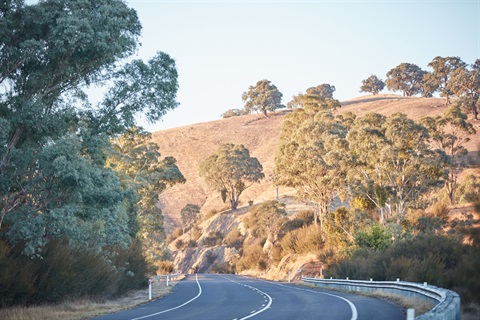The seal weighed only about 7 kilograms when it was found on the Ruby Bay walkway on 16 September. It has now reached nearly 14 kilograms, being fed seafood supplied by Sealord, and the aim is to get it to at least 15 kilograms.
Subantarctic fur seals are “cousins” of our native kekeno/New Zealand fur seals. They are typically found on offshore islands throughout the subantarctic region and they occasionally turn up in New Zealand.
Department of Conservation ranger Dirk de Vries says the male juvenile seal was likely very emaciated from using a lot of energy to make the tough, long journey here.
“It’s heartening to see the recovery of the subantarctic fur seal under Mana Stratton’s care and we’re very grateful for the support she provides in rehabilitating injured or sick native wildlife. We also thank Sealord for providing fish for the seal.”
“It’s planned to release the seal back into the sea once it’s gained enough weight. We hope it may find its way to its subantarctic home though we can’t be sure but helping it back to a healthy condition gives it a chance to do so.”
Mana Stratton says the seal had been named Ruben for being found at Ruby Bay and she thanked local people who had kept it safe while waiting for DOC rangers to arrive.
“Ruben is progressing well which means he is displaying more and more of his normal behaviour and self-protection instincts. This can be challenging at times and requires protective clothing but it is a very good sign. Sealord’s support is greatly appreciated and Ruben agrees with the choice of fish they are supplying him.”
Sealord organised a ‘menu’ of fish suitable for Ruben, from which the best option was selected – southern blue whiting – a small, whole fish that could be easily defrosted and best represents what Ruben would catch in the wild.
Sealord quality manager Mason Palliser says the company is always happy to help and has previously supported Mana’s efforts to rehabilitate penguins and two New Zealand fur seals.
“Sealord’s company vision is all about doing right by our whānau and the environment, so it’s great to be able to provide support like this wherever we can.”
DOC is asking people to report sightings of subantarctic fur seals so more can be learnt about their visits to our shores, including on numbers that come here. Last year there were several sightings of subantarctic fur seals including in Hawkes Bay, Whangamata and in Auckland.
Though subantarctic fur seals appear similar to New Zealand fur seals there are some obvious differences to distinguish the two species.
The subantarctic fur seal has a blunter/shorter nose and creamy-coloured fur on the throat and underside. New Zealand fur seals appear grey or brown and much more uniform in colour, while the subantarctic variety has very two-tone colouration with the distinctive pale cream underneath.








